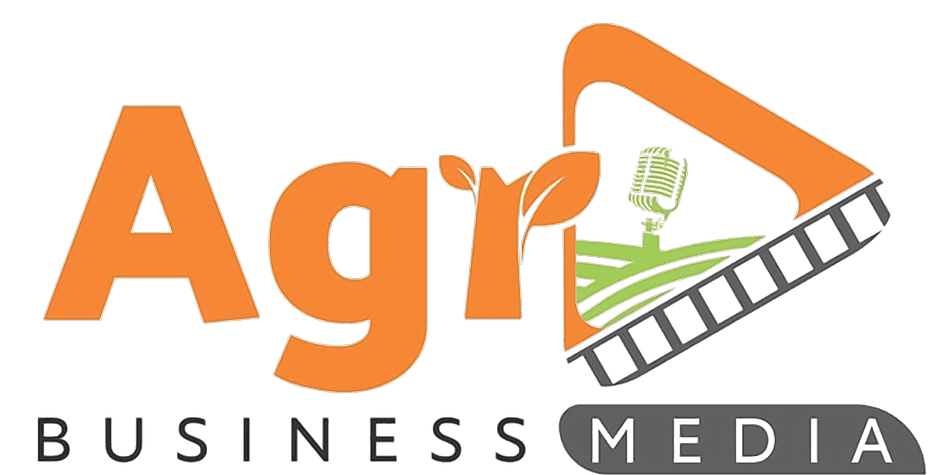When you spend as much time with livestock as most keepers do, you develop an innate sense of what’s normal—and what’s not. Recognizing the subtle (and not-so-subtle) signs of health and disease in your animals is critical to ensuring their wellbeing and productivity. Whether you're managing a herd of cows, a flock of goats, or a small poultry farm, understanding these indicators can save you time, money, and heartache.
The Hallmarks of Healthy Livestock
Healthy animals exhibit a variety of signs that reflect their physical and mental well-being. Keep an eye out for the following indicators:
- Shiny Coats and Smooth Skin: A smooth, glossy coat isn’t just for show; it signals good nutrition and a healthy immune system.
- Bright, Clear Eyes: Alert and sparkling eyes are a sign of an animal ready to face the day.
- Cold, Moist Nostrils: A dry or warm nose can be a red flag for underlying health issues.
- Steady Breathing: Neither too fast nor too slow—and certainly not labored—is the gold standard for respiration.
- Normal Movement: Animals should walk freely without limping, stiffness, or hesitation.
- Good Appetite: Livestock should dedicate ample time to grazing or feeding—about 8 hours a day for cows.
- Cud Chewing: Rumination is an essential part of a cow’s digestive process; look for regular cud-chewing during rest periods.
- Consistent Milk Production: Sudden changes in milk yield, not linked to feeding adjustments, can be a warning sign.
- Healthy Waste: Faeces and urine should have a normal color, consistency, and odor.
- Reproductive Health: Regular heat cycles in non-pregnant females suggest everything is running smoothly.
Red Flags: Recognizing Signs of Disease
Even the most diligent livestock keepers will encounter health challenges. Early detection is key. Watch for these general signs of disease:
- Rough Coat: Dull, uneven fur can indicate poor health or nutritional deficiencies.
- Abnormal Swellings: Keep an eye out for lumps, especially on the skin or udder.
- Eye Issues: Red, dull, or weeping eyes can be symptoms of irritation or infection.
- Dry Nostrils: A dry, cracked nose is often a sign of fever or dehydration.
- Irregular Breathing: Loud, rapid, or labored breathing—or coughing—shouldn’t be ignored.
- Lethargy: An animal that is unusually quiet or unresponsive may be in distress.
- Loss of Appetite: Refusing food or water is a classic sign of illness.
- Milk Changes: Discoloration, thickness, or a sudden drop in milk production can indicate problems.
- Digestive Irregularities: Diarrhea, constipation, or discolored feces and urine (especially with blood) are major concerns.
- Behavioral Changes: Persistent coughing, hiccupping, or other unusual actions may suggest underlying health issues.
- Fever or Chills: Extreme changes in body temperature are telltale signs of infection or disease.
Holistic Care: Insights from Traditional Methods
Traditional African healing practices offer a holistic approach to animal care, emphasizing the connection between animals, their environment, and the spiritual realm. Diagnosis may involve sensory methods—such as sight, smell, touch, and even taste—or supernatural means, like consulting spirits or divination. While modern veterinary medicine offers advanced tools, the holistic perspective can provide valuable context for understanding your livestock’s health.
Proactive Livestock Management
Healthy livestock means better productivity, happier animals, and peace of mind for you as a keeper. By recognizing both the positive signs of health and the early warnings of disease, you can intervene promptly, ensuring the health and prosperity of your herd.
Stay alert, stay informed, and keep your livestock thriving!

